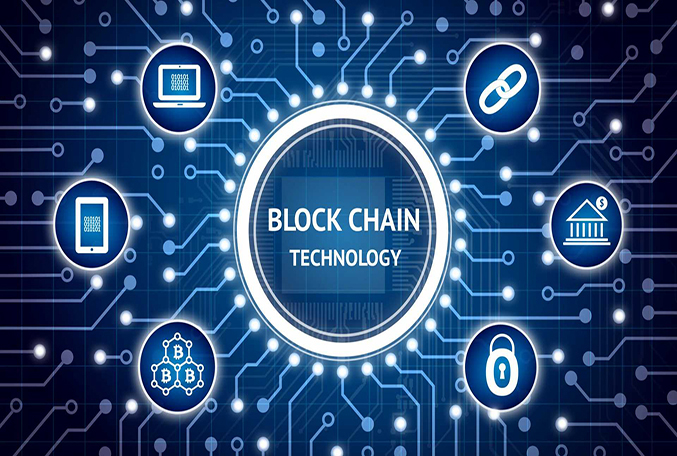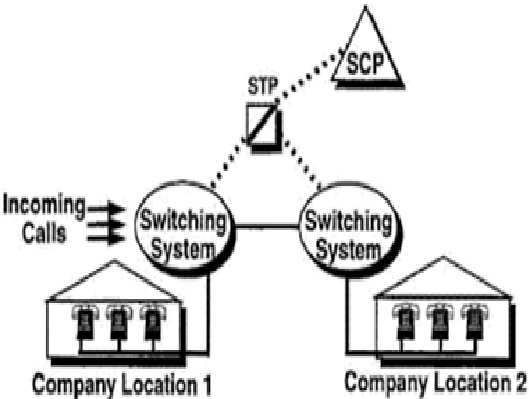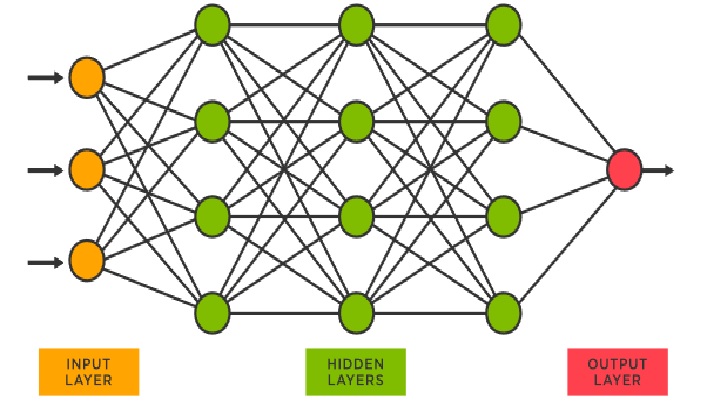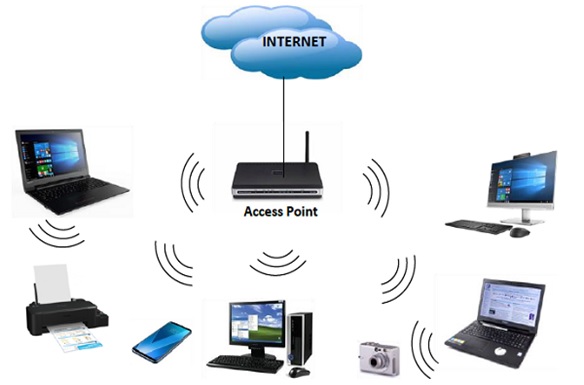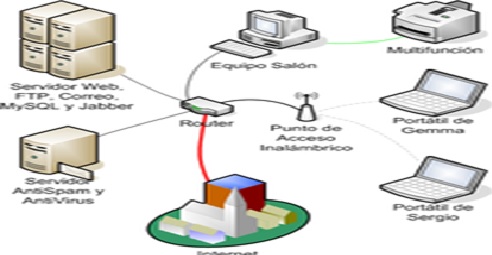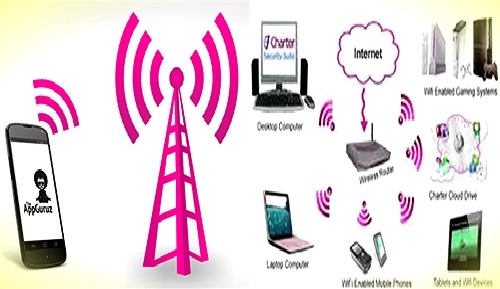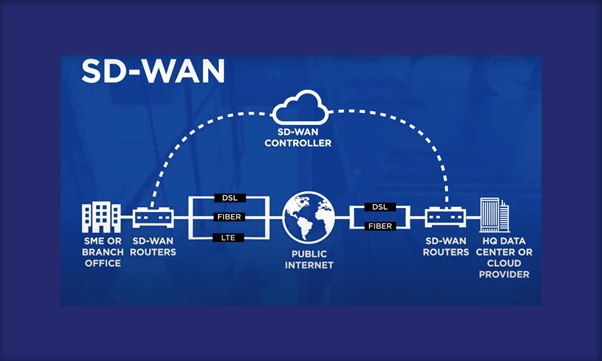Internet of Behaviour (IoB)
IoB can’t be talked about without the mention of IoT. The Internet of Things (IoT) is an interconnected network of physical devices that gather and share data and information via the Internet.
The IoT is continually increasing and changing in terms of its complexity, i.e. the way devices are interconnected, the calculations that these things can perform on their own, and the data that is stored in the cloud are all evolving.
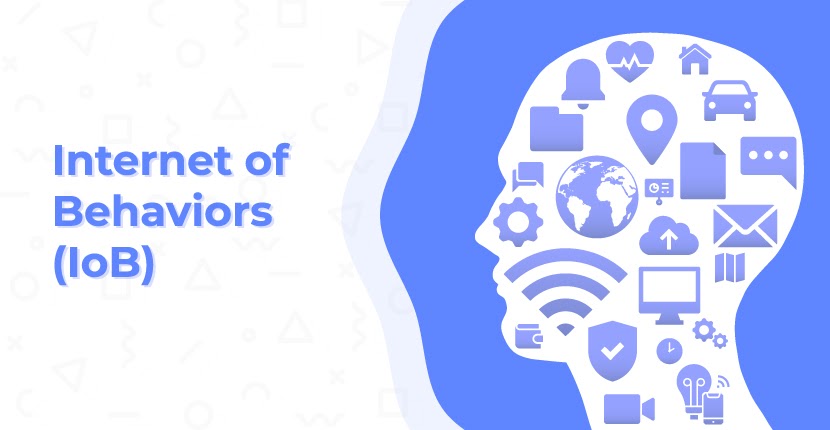
The Internet of Behaviour refers to the gathering of data (BI, Big Data, CDPs, etc.) [1] that offers important information on client behaviours, interests, and preferences (IoB).
From a behavioural psychology standpoint, the IoB tries to comprehend the data acquired from users' online activities. It aims to answer the question of how to interpret data and how to use that knowledge to develop and promote new goods, all from the perspective of human psychology.
The term "IoB" refers to a method of analyzing user-controlled data from a behavioural psychology standpoint. [2] The findings of that study influence new ways to create a user experience (UX), search experience optimization (SXO), and how to advertise a company's final products and services.
Importance of Internet of Behavior
Undoubtedly, data has been important for businesses since the inception of the internet. However, in 2021, Gather called the IoB one of the top technological trends. [3] The internet of behavior emergence is providing everyone more opportunities to collect data and analyze it.
It can ensure that businesses continue their growth in the significant upheaval face related to the current pandemic and changing climate of the world’s economy.
However, the main purpose of the Internet of Behavior is to collect, analyze, respond and understand all types of behaviors to improve customer/user experience. Other than that, behavioral data is also helping businesses to make more informed decisions and improve their service quality and value chain in the best possible way.
Overall, psychology and marketing go side by side from the beginning of advertising. [4] This way, businesses can get new insights into the data that’s collected by IoT.
The IoB has become a new yet powerful tool for businesses’ sales and marketing worldwide. With this, businesses can get a deep understanding of their customers to keep them more satisfied.
In short, the Internet of Behavior is here to generate a significant boost in the sales industry development.
Benefits of IoB
The following are some of the [5] Benefits of IoB:
- Analyze the purchase behaviour of customers across various platforms.
- Examine data about how people engage with gadgets and goods that were previously unavailable.
- Obtain more specific information about a customer's stage in the purchasing process.
- Real-time POS notifications and targeting are available.
- Close sales and keep consumers satisfied by swiftly resolving concerns.
Combined Impact of IoB and IoT
Internet of behaviour is an extension of IoT. Let us try to know more about it. It's not about the "things" at all when companies use the Internet of Things to persuade us to change our habits. We've crossed over into the Internet of Behavior as the IoT connects individuals with their activities.
Consider the IoB as a mash-up of three disciplines:
- Technology
- Analytical data
- Psychology is the study of human behaviour.
Emotions, choices, augmentations, and companionship are the four areas of behavioural science that we examine when we utilize technology.
The relationship between IoT and IoB means [6] evolution in how and what kind of data can be obtained from interactions with digital objects and devices.
We know that some of the data collected by companies come from the information the consumer provides by interacting with an application linked to the company. Another way, much more subtle, comes from the information collected from the interactions with smart devices, such as mobile phones. This has the power to easily track the user’s movements and their geolocation in real-time, for example. We can also link our smart devices such as computer, car, home cameras, voice assistants at home, etc., these links produce data that is collected from everyone, how we buy, spend, what we like and what we do not.
Organizations are improving not only the amount of data they collect but also the way they combine and use data from different sources. IoB will continue to influence the way organizations interact with people, collecting, combining, and processing data from a variety of sources, such as:
- Customer data
- Government agencies citizen data
- Social media
- Public domain facial recognition
- Location tracking
- Interactions with smart objects
IoB takes the data accumulation to the next level turning it into people and social knowledge. It has the power to link people to their actions, with a mix of behavioral science, data analytics, and technology. Taking care of analyzing decisions, emotions, human bonds, all the aspects that make who we are as individuals at a behavioural level.
References:
- https://www.analyticssteps.com/blogs/introduction-internet-behaviour-iob
- https://www.vectoritcgroup.com/en/tech-magazine-en/user-experience-en/what-is-the-internet-of-behaviour-iob-and-why-is-it-the-future/
- https://www.bmc.com/blogs/iob-internet-of-behavior/
- https://www.techfunnel.com/information-technology/internet-of-behaviors/
- https://gbksoft.com/blog/internet-of-behaviors/
- https://ignasisayol.com/en/behavioral-internet-iob-the-evolution-of-personalization/
Cite this article:
Vinotha D (2021), Internet of Behaviour (IoB), AnaTechMaz, pp. 7



